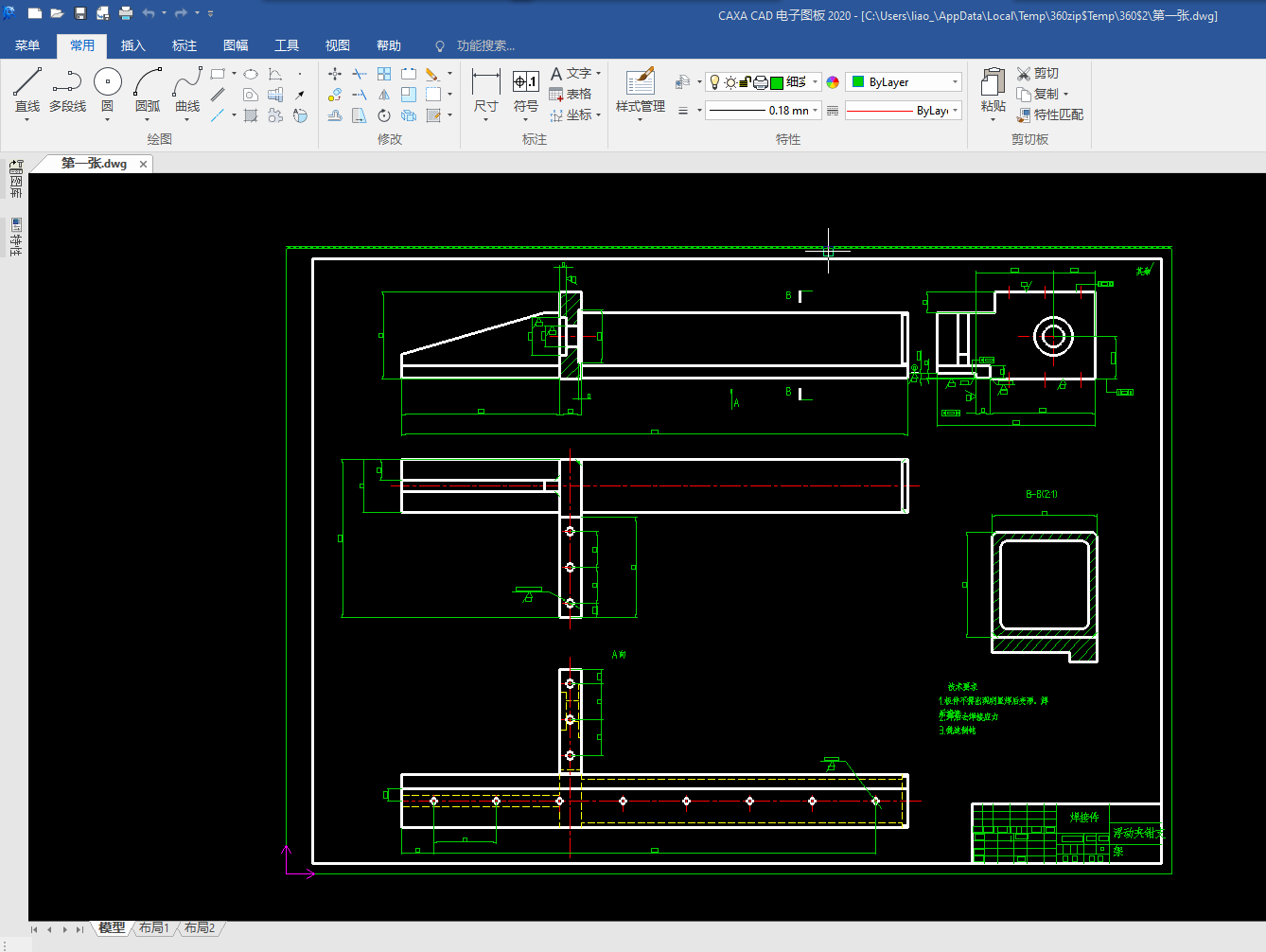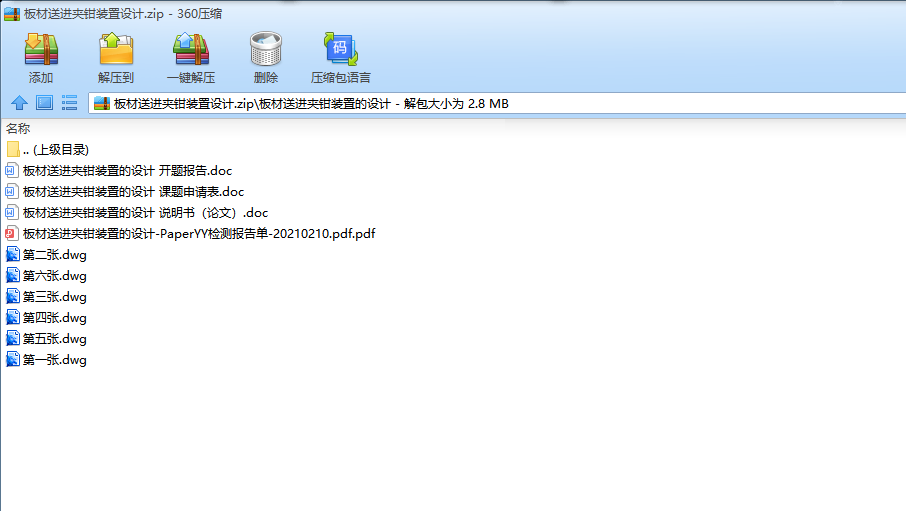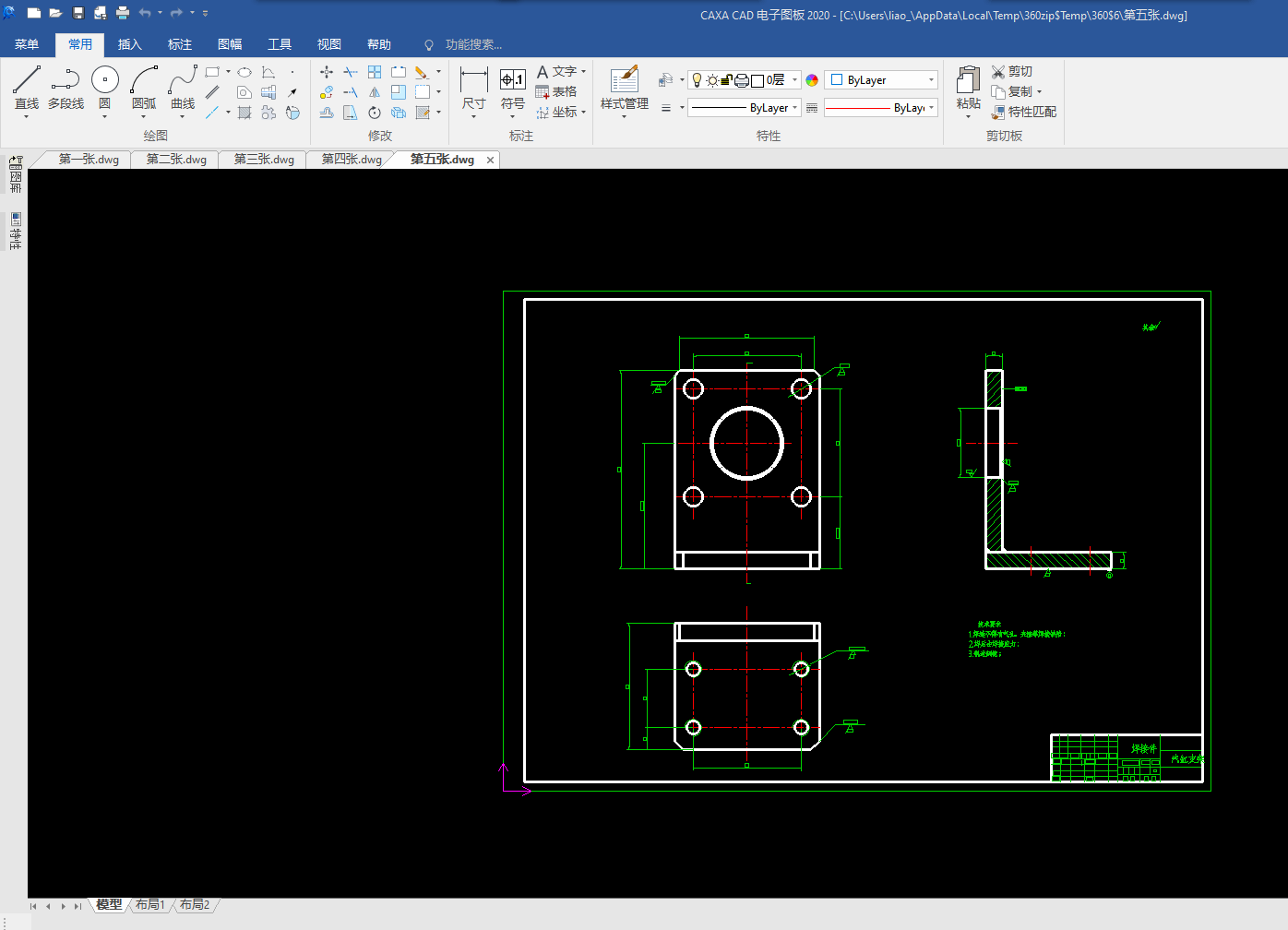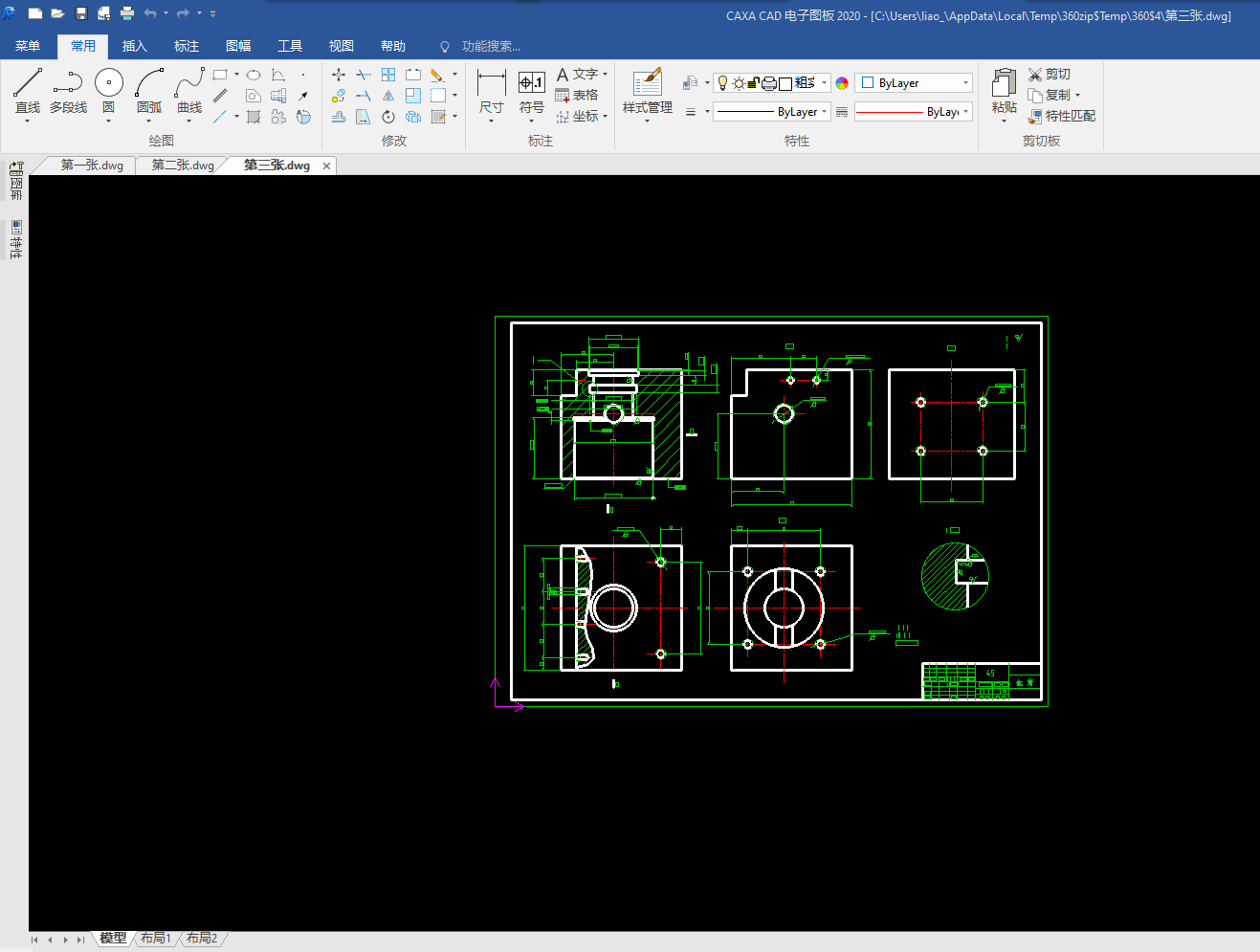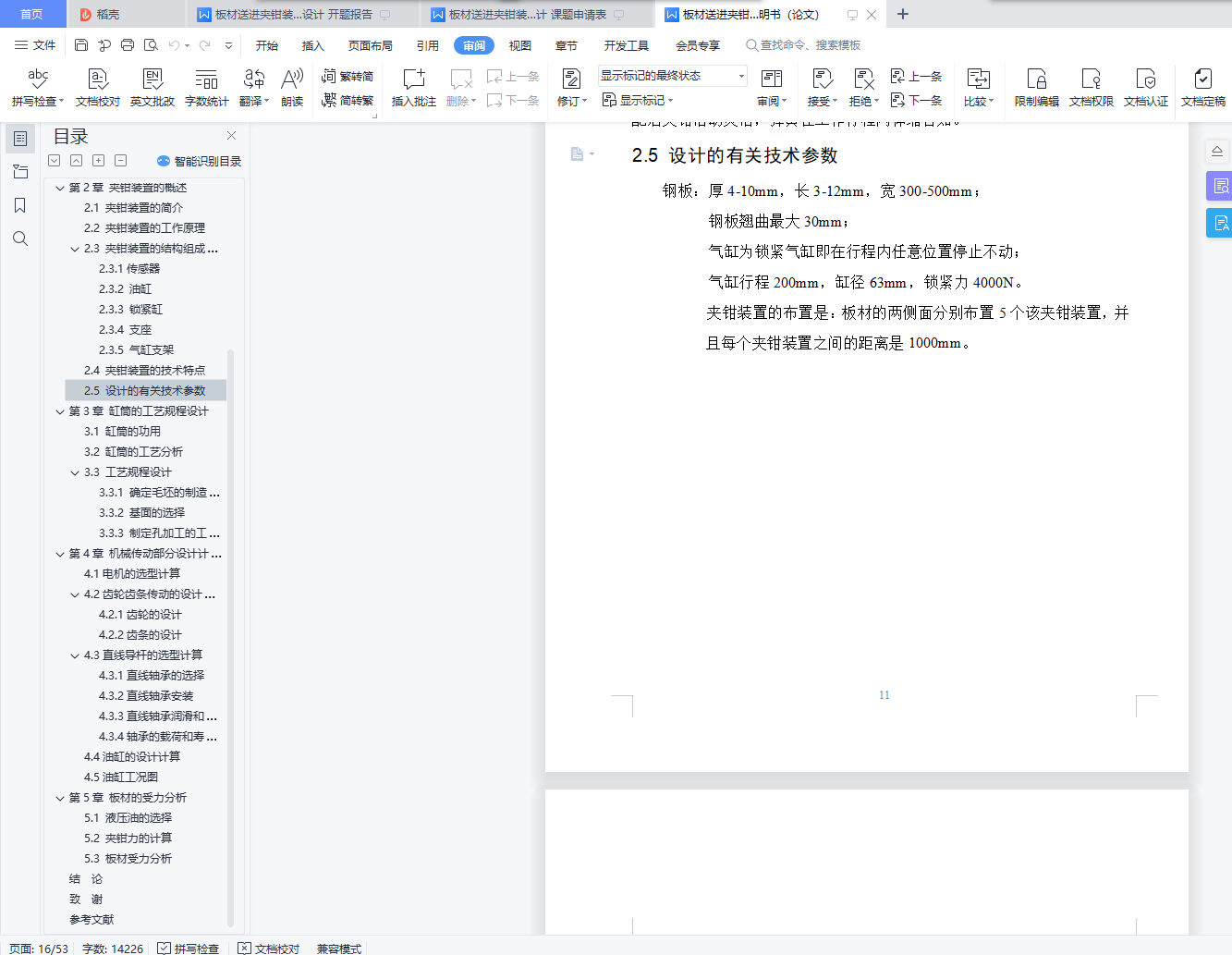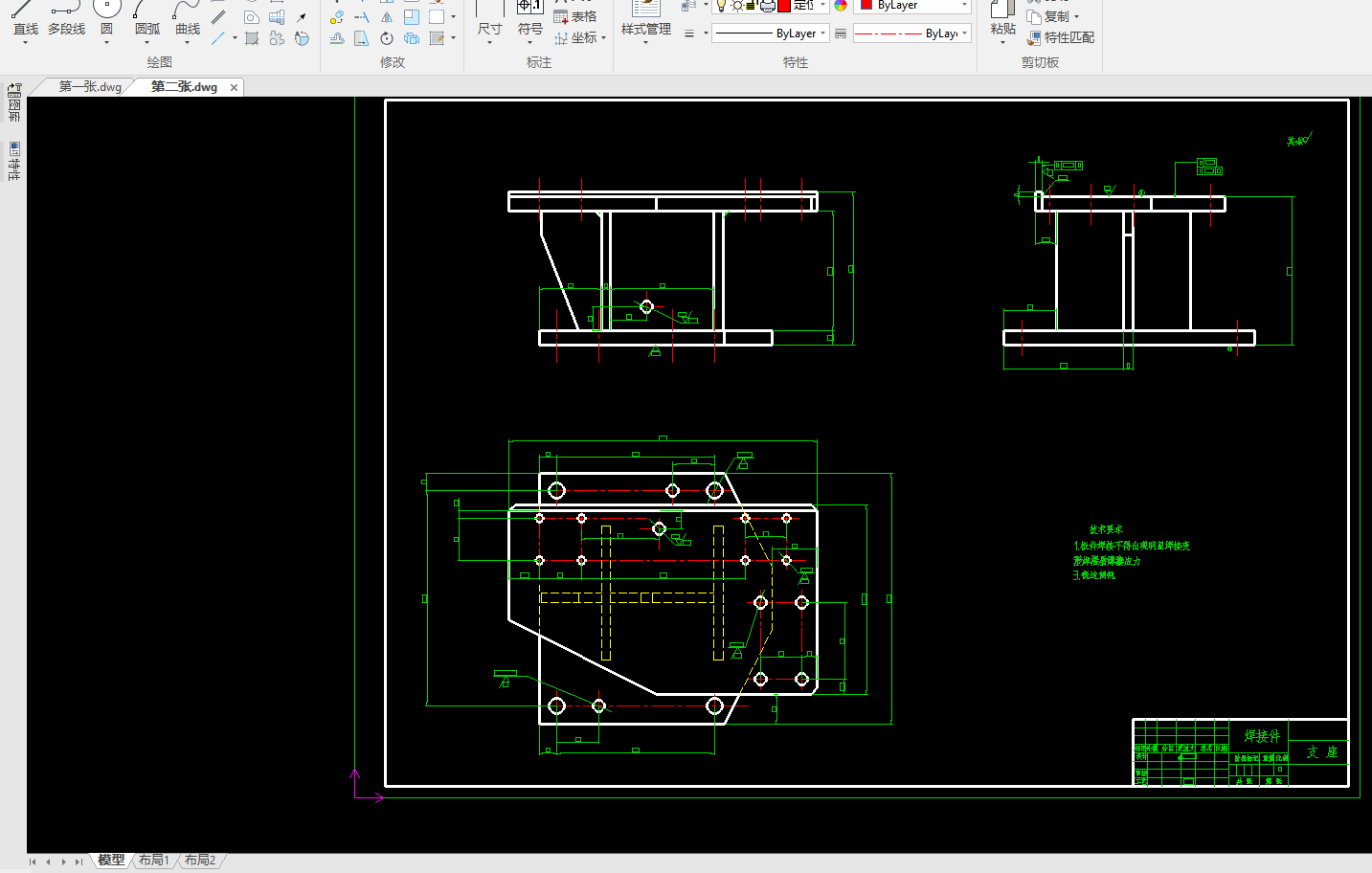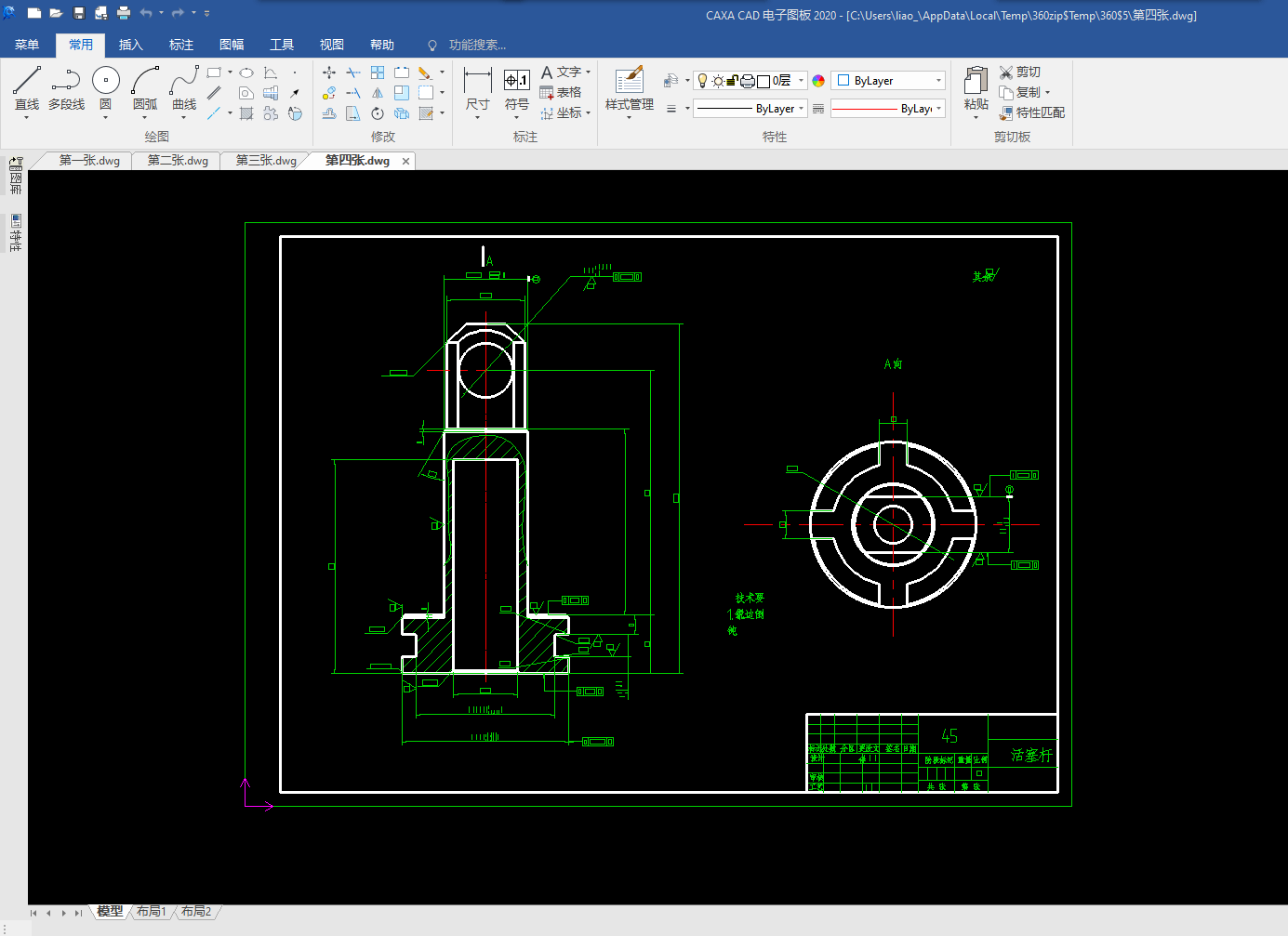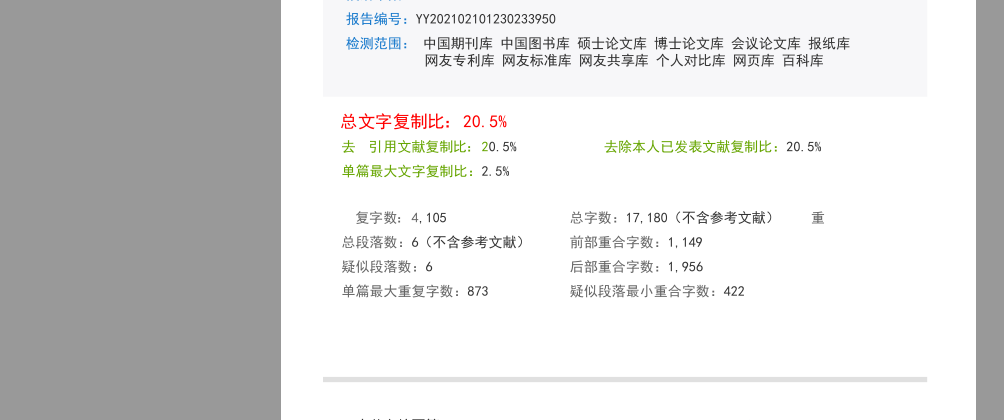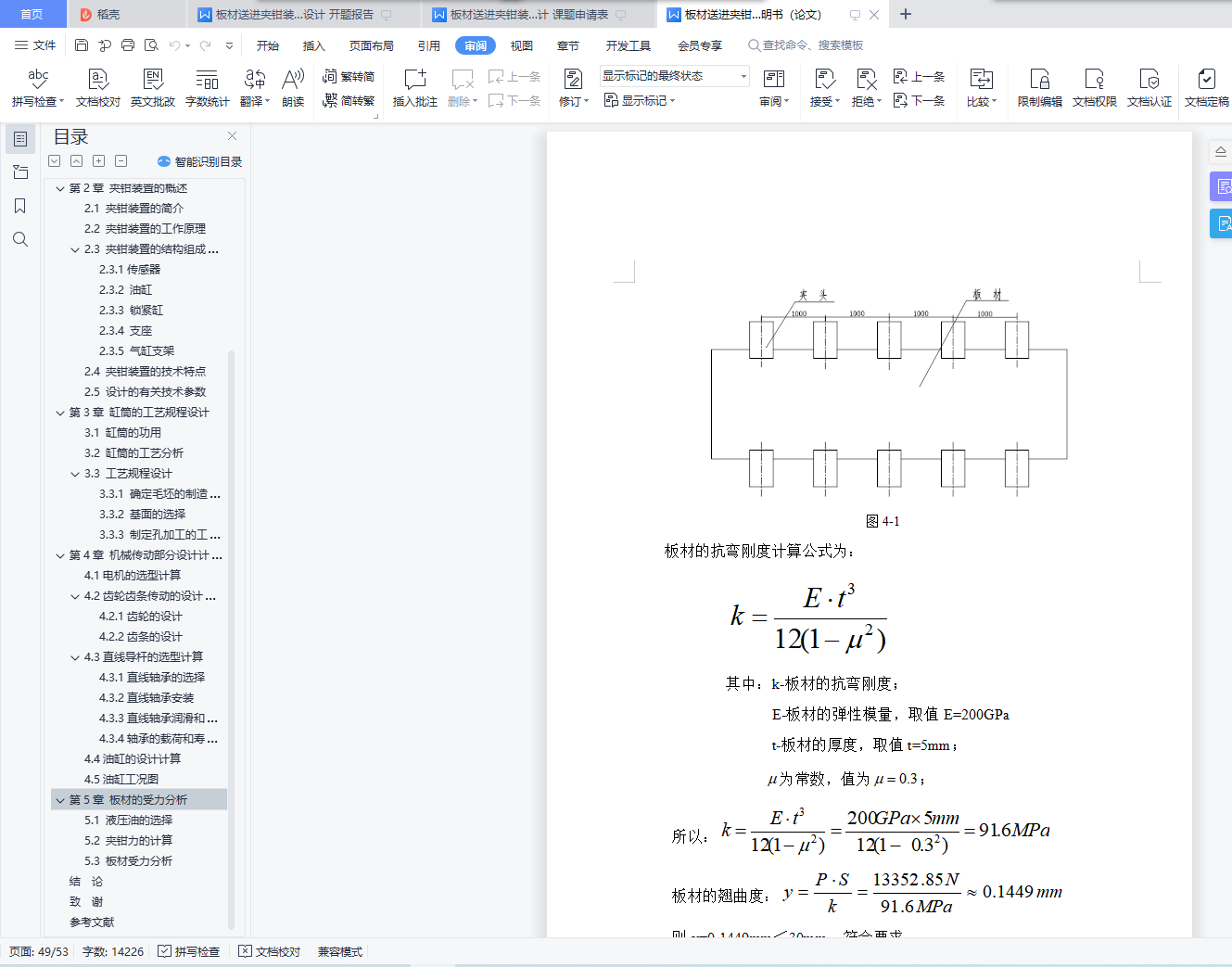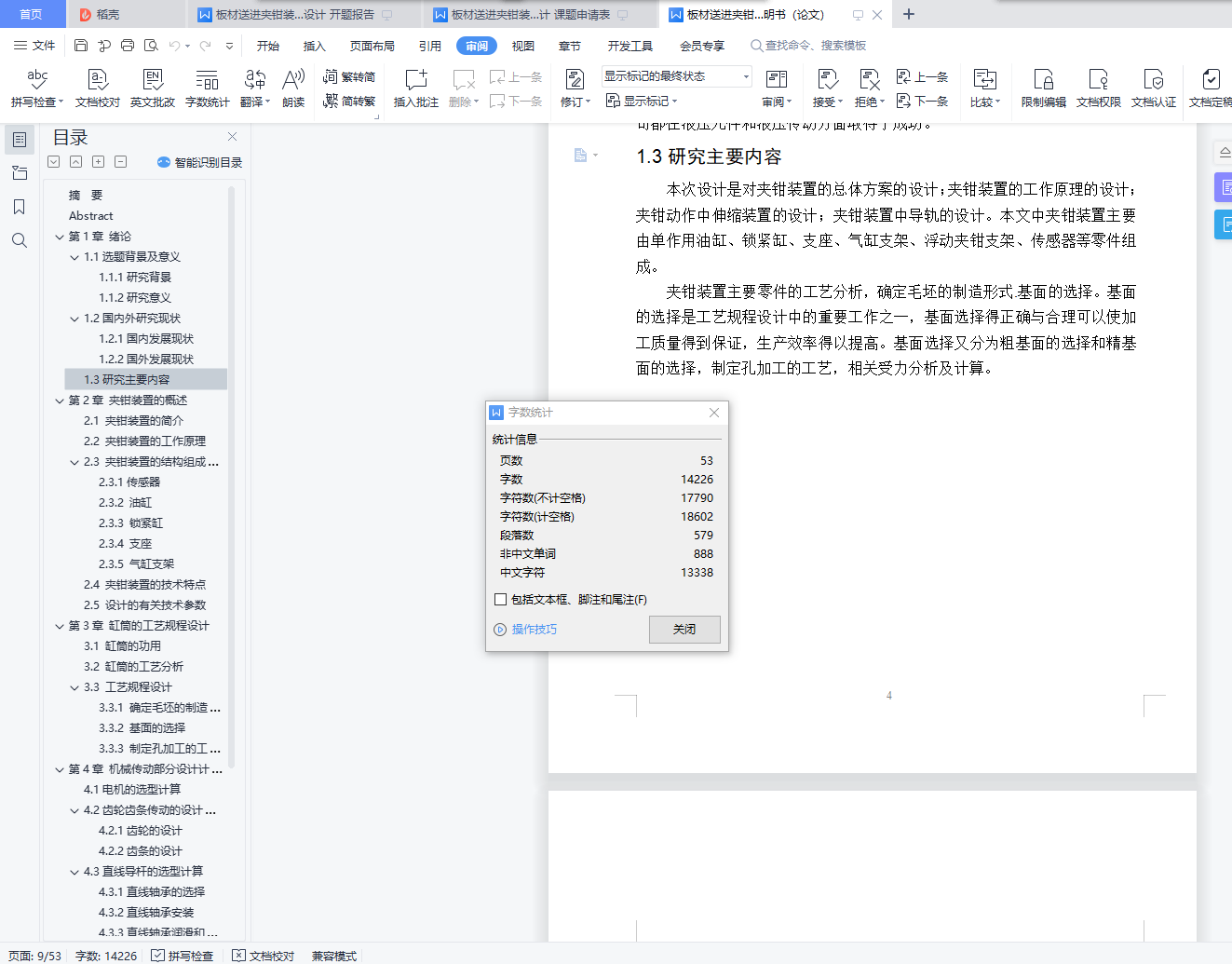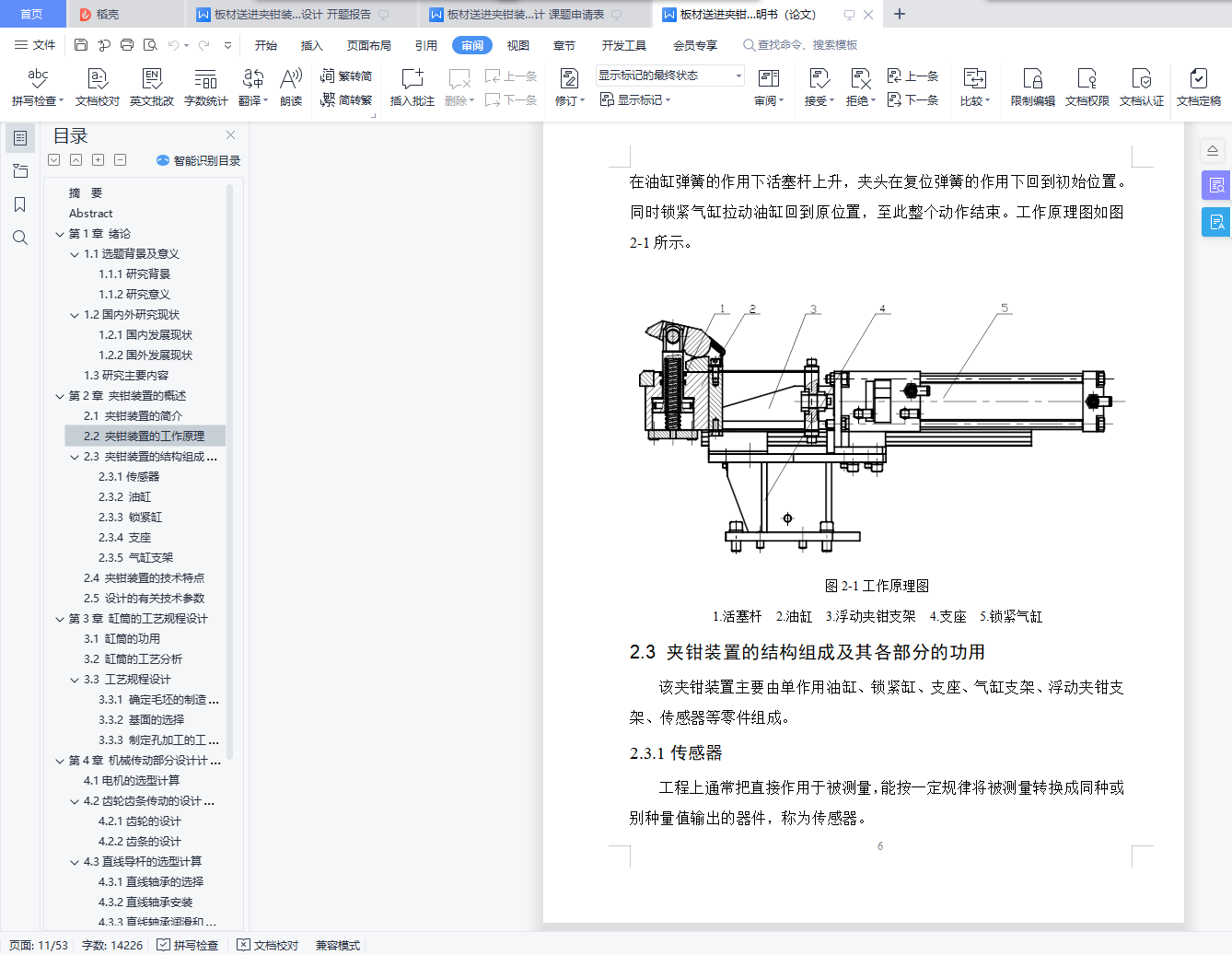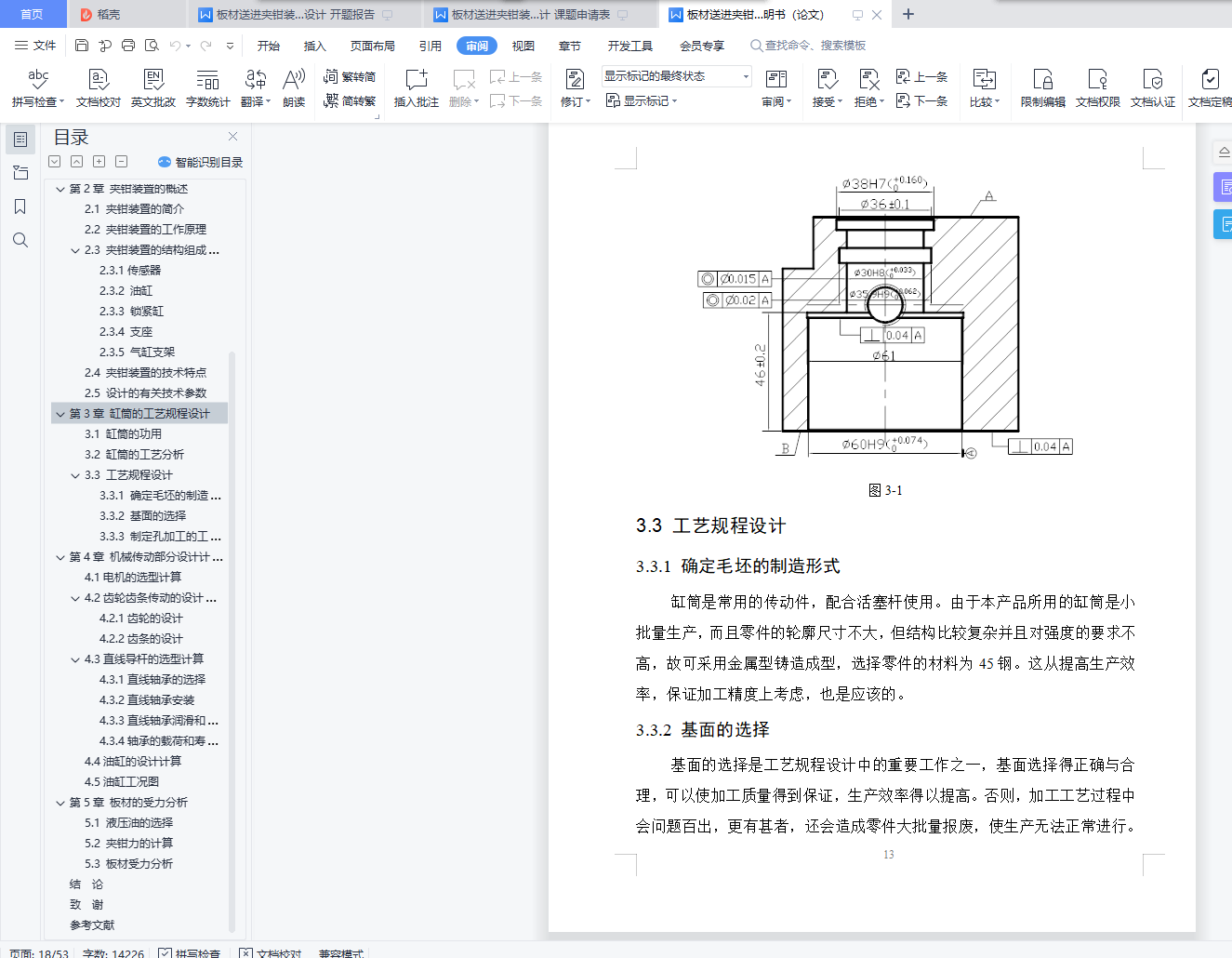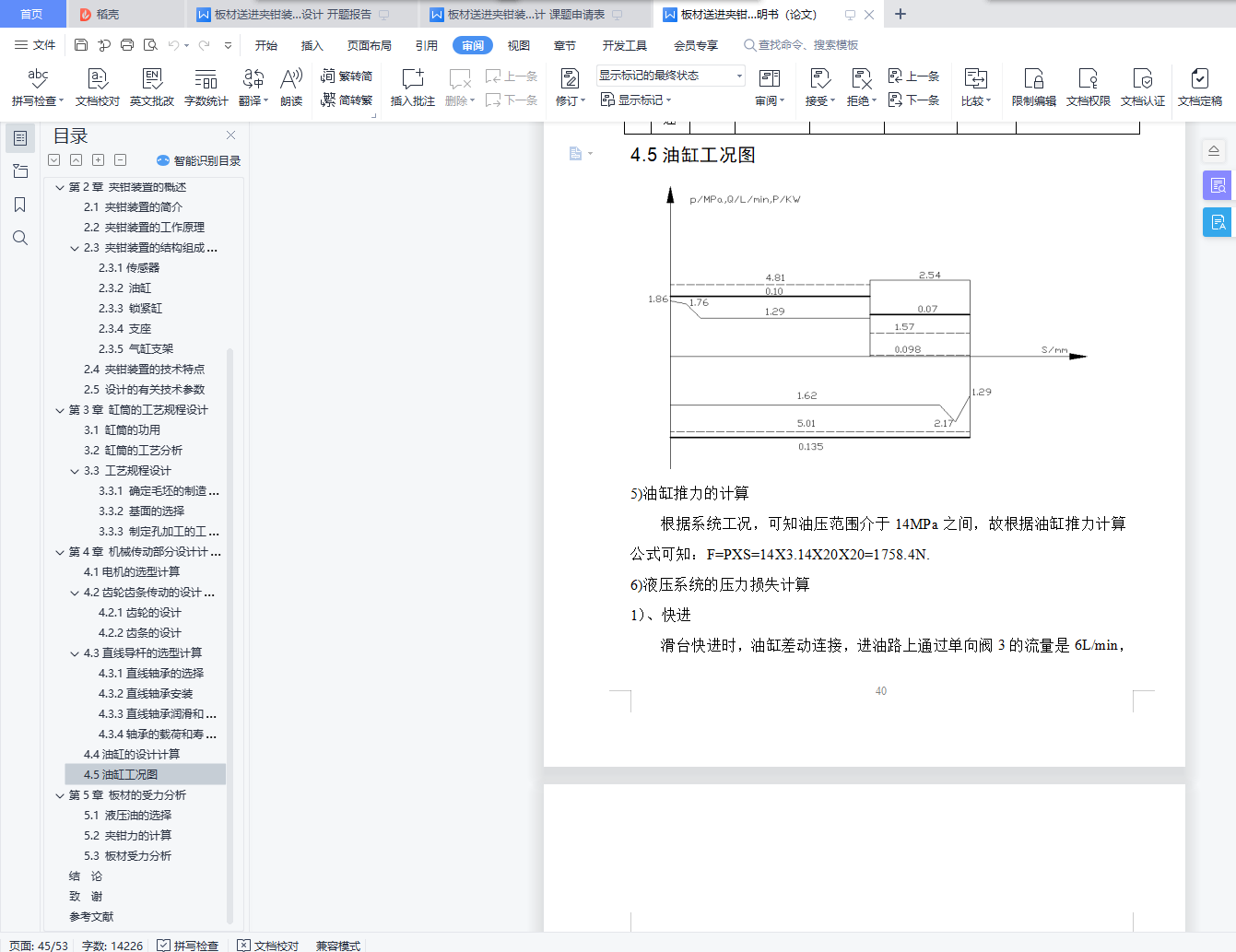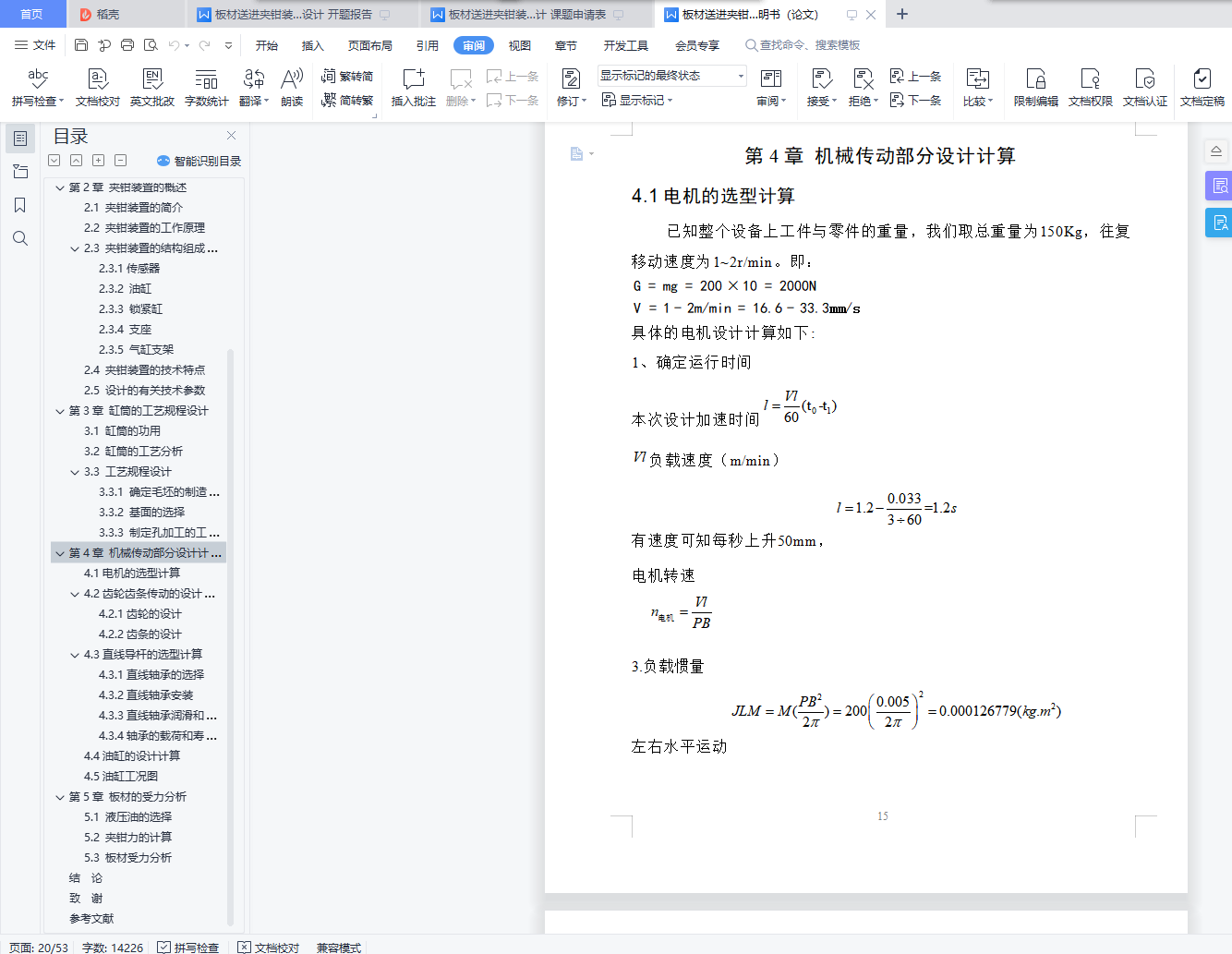摘 要
随着科技的进步,在工业领域所应用的自动化程度越来越高。作为机械行业,肩负着国家制造业的兴衰,也是衡量一个国家综合国力的主要标志。目前,在机械加工生产线上多数采用的是电、气、液相结合的一体化模式。板材送进夹钳是生产线上的重要环节,是连接主机和工作机的桥梁。因此,成功设计该装置具有十分重要的意义,它可以降低劳动成本,提高工作效率,给公司带来丰厚的效益。
本课题研究对象为板材送进夹钳装置,主要研究如何使板材在固定位置经过夹钳装置送到数控冲床或者其他设备进行加工的装置。该装置从结构的组成与分析,典型零件的设计以及加工工艺过程,板材翘曲度的控制等方法来研究。该装置需要完成以下设计:1.典型零件的设计。2.加工工艺的设计。3.相关的受力分析及计算。
关键词:板材;送进夹钳;夹钳装置;分析计算;CAD
Abstract
With the progress of science and technology, the degree of automation applied in industrial field is getting higher and higher. As a machinery industry, it shoulders the rise and fall of the national manufacturing industry, and is also the main symbol to measure a country's comprehensive national strength. At present, the integration mode of electricity, gas and liquid phase is mostly used in machining production line. Plate feeding clamp is an important link in production line and a bridge connecting mainframe and working machine. Therefore, the successful design of the device is of great significance, it can reduce labor costs, improve work efficiency, and bring rich benefits to the company.
This research object is the plate feeding clamp device, which mainly studies how to make the plate pass through the clamp device in a fixed position to the CNC punching machine or other equipment for processing. The device is studied from the composition and analysis of the structure, the design of typical parts, the processing process and the control of sheet warpage. The device needs to complete the following design :1. Design of typical parts. Design of 2. processing technology. 3. related force analysis and calculation.
Keywords: plate; feed clamp; clamp device; Analysis and calculation;CAD
目 录
摘 要
Abstract
第1章 绪论
1.1选题背景及意义
1.1.1研究背景
1.1.2研究意义
1.2国内外研究现状
1.2.1国内发展现状
1.2.2国外发展现状
1.3研究主要内容
第2章 夹钳装置的概述
2.1 夹钳装置的简介
2.2 夹钳装置的工作原理
2.3 夹钳装置的结构组成及其各部分的功用
2.3.1传感器
2.3.2 油缸
2.3.3 锁紧缸
2.3.4 支座
2.3.5 气缸支架
2.4 夹钳装置的技术特点
2.5 设计的有关技术参数
第3章 缸筒的工艺规程设计
3.1 缸筒的功用
3.2 缸筒的工艺分析
3.3 工艺规程设计
3.3.1 确定毛坯的制造形式
3.3.2 基面的选择
3.3.3 制定孔加工的工艺
第4章 机械传动部分设计计算
4.1电机的选型计算
4.2齿轮齿条传动的设计计算
4.2.1齿轮的设计
4.2.2齿条的设计
4.3直线导杆的选型计算
4.3.1直线轴承的选择
4.3.2直线轴承安装
4.3.3直线轴承润滑和防尘
4.3.4轴承的载荷和寿命
4.4油缸的设计计算
4.5油缸工况图
第5章 板材的受力分析
5.1 液压油的选择
5.2 夹钳力的计算
5.3 板材受力分析
结 论
致 谢
参考文献
